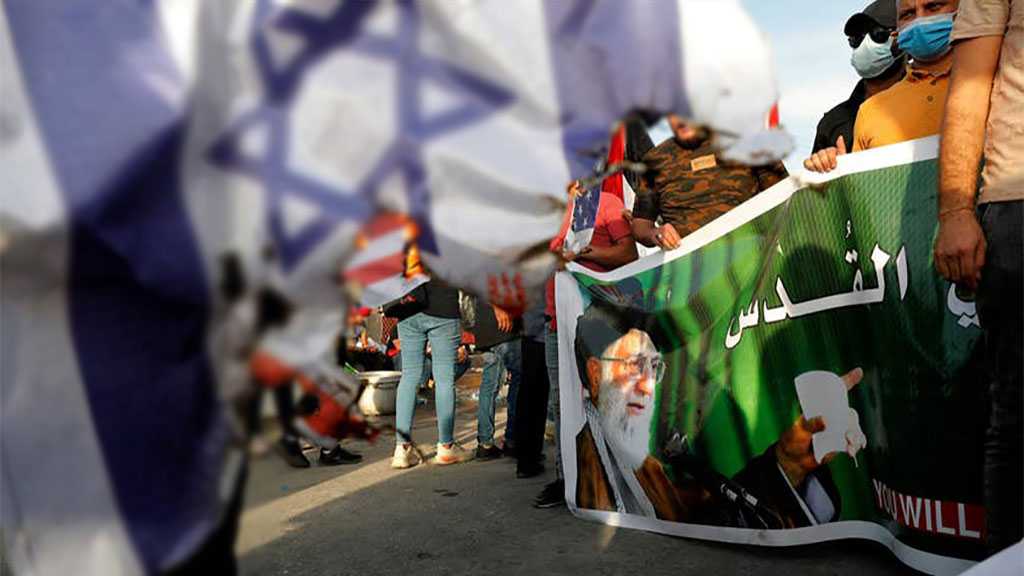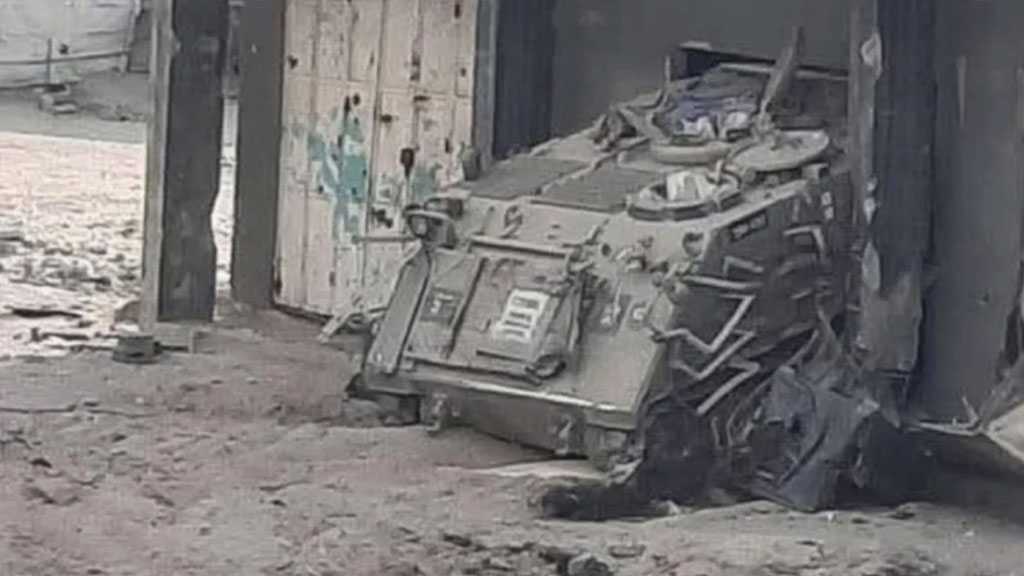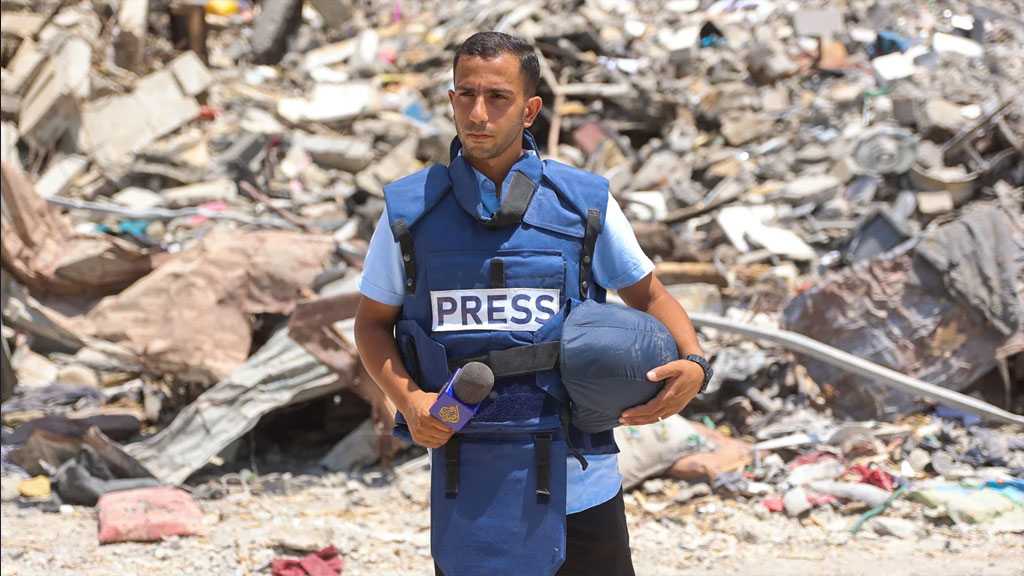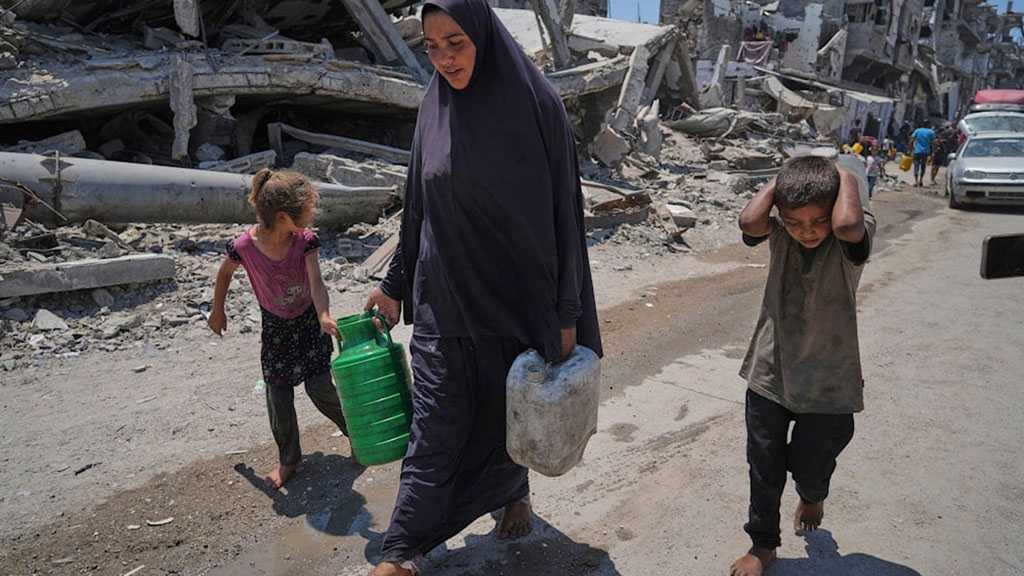‘Israel’s’ Fatal Weakness against Iran’s Axis of Resistance

By Gil Murciano - Haaretz
The "War between the Wars" doctrine has become the key concept of ‘Israel’s’ strategy over the past decade. This open-ended military campaign has provided a convenient alternative to any diplomatic initiative on the ‘Israeli’-Palestinian front.
The latest round of escalation between ‘Israel’ and Hamas illustrates that absent a diplomatic framework, this military strategy is greatly limited in shaping an endurable reality for ‘Israel.’
The "War between the Wars" strategy is underpinned by an assumption that ‘Israel’ is destined to experience significant, temporary escalation every few years in its conflict with the Axis of Resistance – whether Hamas, Hezbollah or Iran’s Revolutionary Guard. Its goal is to delay escalation as long as possible and shore up ‘Israel's’ strategic position in the interim in preparation for the next round.
However, this strategy has failed to achieve its far-reaching goals in recent years. Each round of fighting has eroded ‘Israel’s’ position further.
‘Israel’s’ standing deteriorates with each new round of escalation as Hamas grows stronger in the domestic Palestinian arena, and ‘Israel’ grows weaker on the international stage. This has become abundantly clear with the ICC’s decision to investigate ‘Israeli’ war crimes during Operation Protective Edge [2014]. The recent round of escalation also caused a deep tear in the fabric of Jewish-Arab relations within ‘Israel.’
In addition, Hamas and the Islamic Jihad have upgraded their capacity to inflict damage on ‘Israel’s’ front, in terms both of quantity and quality. Instead of the "War between the Wars" shaping reality during rounds of fighting, the rounds of fighting are shaping the overall reality.
However, the main flaw of the "War between the Wars" does not lie in the strategy’s failure to achieve its operational goals, but in the adoption of its underpinning logic by ‘Israel’s’ political leadership in lieu of diplomacy.
The "War between the Wars" dictates the logic of maintaining the status quo at all cost and accepting a chronicle of certain deterioration, while eschewing a real attempt to shape reality. It constitutes a desperate attempt to freeze reality with the best case scenario that things will not get any worse.
As a plan conceived by ‘Israel’s’ security echelons in response to a change in the nature of the threat, the "War between the Wars" aims to limit the enemies’ capabilities and influence their short-term considerations rather than affecting their motivations. It is hard to blame the security echelons for this failure; as a military stopgap measure this strategy was never meant to change the systemic conditions of the conflict or provide long-term political incentives.
The "War between the Wars" was conceived by a security establishment subordinate to a political leadership that lacks the vision or the desire for long-term policy. Its adoption as a national work plan fits the anti-solutionism approach adopted by ‘Israeli’ governments over the past decade to a tee.
The Netanyahu governments have turned the decision to avoid decisions into a strategy, studiously avoiding discussion of long-term solutions, and instead creating a creeping reality, whether ‘Israel's’ annexation of Area C, or its conduct vis-à-vis the Hamas or in its relationship with Arab citizens. Even the significant diplomatic developments of recent years, President Trump’s "Deal of the Century" and the Abraham Accords, were not the product of an ‘Israeli’ ‘peace’ initiative. They simply exploited circumstantial opportunities.
The "War between the Wars" creates a false sense of proactivity. It is a policy that sanctifies military creativity and initiative in eliminating operational risks, but enables the political echelon to avoid diplomatic measures.
We have thus become terrorist hunters rather than ‘statespersons’ and foreign policy makers, excelling in the military act but repeatedly squandering its precious achievements in the absence of a strategic policy agenda or even of specific policy goals. This illusion of proactivity collapses with every escalation. While we are busy trying to preserve the status quo, Iran, Hamas and Hezbollah are learning, adapting and improving conditions for the next round.
The diplomatic paralysis finds ‘Israel’ at a critical moment for the future of the conflict – on the one hand an unprecedented array of regional opportunities, on the other, a significant level of risk in the national-Palestinian arena.
Shared interests provide ‘Israel’ with an opportunity to make use of its partnership with states in the region [especially Egypt, Jordan, Saudi Arabia and the UAE] as leverage to revitalize the negotiation process with the Palestinian Authority, and as a temporary conflict prevention tool through the economic development of Gaza.
However, ‘Israel’ is also facing the twilight of the Mahmoud Abbas era and its unusual ‘Israeli’-Palestinian security coordination, which foiled the establishment of an infrastructure in the West Bank and renewal of attacks from PA territory.
The new reality of a politically weak, divided Fatah, abandoned by its Arab partners and weakened by the ‘Israeli’ government, casts a dark shadow on the continued security coordination with the PA and increases the odds of Hamas growing in power in the West Bank. The next round of fighting could present ‘Israel’ with an active new front on the West Bank.
Following a decade of voluntary paralysis, ‘Israel’ must now prioritize diplomacy once again, and renew its bid for ‘peace’ with the Palestinians. ‘Israel’ must provide a political alternative to the policy of repeated escalations, while still taking advantage of regional and local changes.
‘Israel’ must formulate a new political blueprint for its relations with the PA, including halting settlement activity and creating joint mechanisms to reduce tensions in al-Quds and its surrounding communities. Such an initiative could eventually constitute the basis for confidence building between the sides' leaders and the resumption of the ‘Israeli’-Palestinian ‘peace’ process.
In this regard, ‘Israel’ should turn the Abraham Accords into a strategic tie-breaker, by integrating regional states into renewed diplomacy with the Palestinians. Such a move would also be beneficial for deepening regional cooperation to encompass additional strategic areas, such as forging military alliances vis-a-vis Iran, and roping Saudi Arabia into the normalization agreements.
Within the framework of a renewed political process, ‘Israel’ must commit to a joint international effort for Gaza’s development.
Plenty of ideas and initiatives have been floated in the past decade. But ‘Israeli’ and international attention to this issue usually lasts two or three weeks after each round of escalation, then receding with the shift in public attention…
The "War between the Wars" has served over the past decade as the necessary minimum for a bearable existence for ‘Israel’, in a dynamic threat arena.
But the limitation of this military strategy in ensuring ‘Israel’s’ security underscores the message resonating in recent weeks from Gaza all the way to the northern border: That along with a determined struggle against the Axis of Resistance, the main campaign in which ‘Israel’ should engage, to prevent further wars, is the campaign for ‘peace.’




